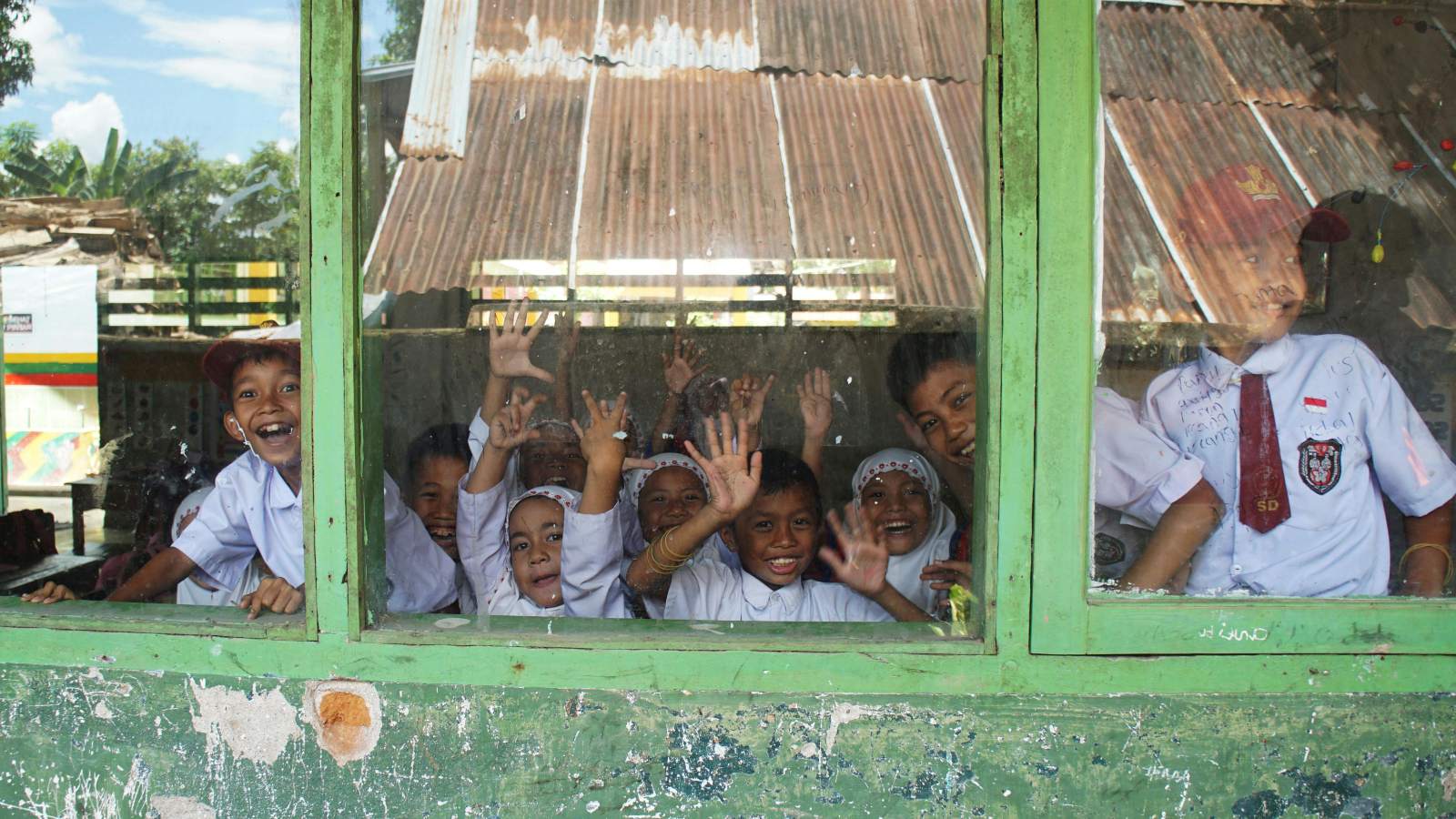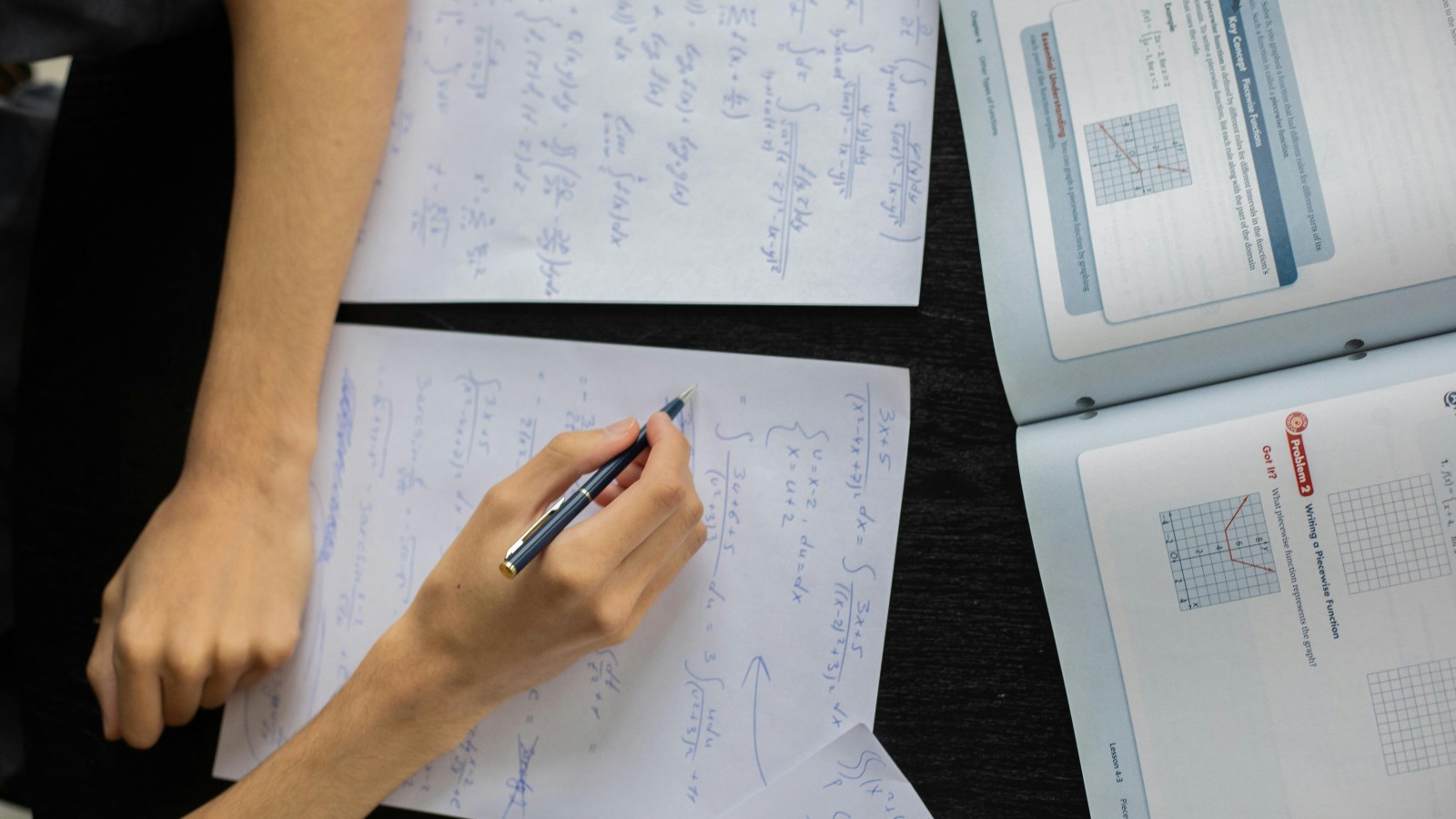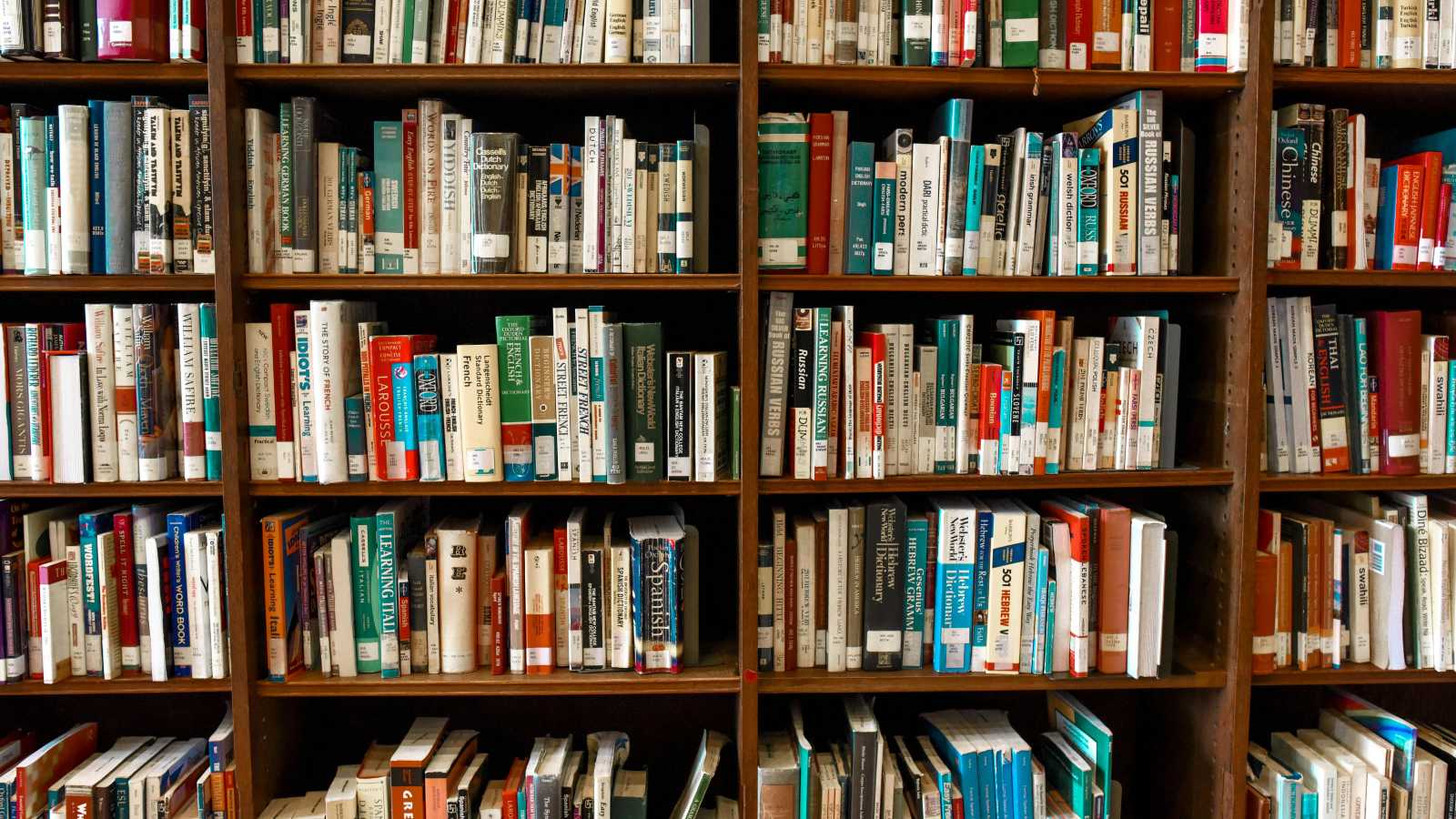
How Quality Translation in Education Improves Student Outcomes
One unique thing about Indonesians is that the majority of them are born bilingual. The largest archipelago, home to over 17,000 islands, is also home to more than 700 local languages, in addition to the primary language, Bahasa Indonesia. This poses both a unique and complicated challenge in the country’s education system. Since the main educational materials are centralised, they are all written in the Indonesian language. However, especially in the rural areas, students speak their local language better than they do the Indonesian language.
This gap not only makes communication challenging, but also teaching and learning. Whether it is the teachers, students, or even parents, a language barrier in the educational landscape is particularly challenging, affecting students’ overall understanding. Education inclusivity is a key ingredient in building a better generation for the country; however, it is still a big challenge that the country has yet to tackle.
Translation in education would not solve the education inclusivity problem all at once, but it is a big step closer to education inclusivity for all students across Indonesia. Not only that, but educational translation also improves the students’ academic confidence, performance, and retention. This article explores more about how quality translation in education improves student outcomes.
What Is Translation in Education?

In general, translation in education is the act of converting educational content, materials, and resources from one language to another. This can come in the form of translating textbooks, modules, educational videos, exams, research papers, and other educational materials. The main goal of translation in education is to make education as accessible as possible for everyone, regardless of the language(s) they speak.
Translation in education also brings cultural diversity in the classroom together, allowing various cultural perspectives to open discussions, which results in an effective learning experience. That is one of the reasons why translation in education requires great accuracy, clarity, as well as cultural sensitivity. With the main goal of making education inclusive and accessible, these three elements are a must. It is to ensure that no information is taken out of context and causes misunderstandings, for instance.
The Challenges

Challenges in any education system, specifically in conducting effective teaching and learning processes, are complex matters that have been going on for generations. Lack of resources, such as proper funding for school facilities, textbooks, and teachers, is inherently one of the core roots of these challenges. These can lead to lower comprehension and engagement, among many other issues.
Add language barriers to the mix, and everything gets more complicated. With no proper teaching and learning processes because of language barriers, students struggle in classrooms, leading to an increased risk of dropout and low academic confidence. Data from the 2020 Higher Education Statistics Report shows 601,333 Indonesian students dropped out in 2020, with varying reasons, such as economic reasons and low parental involvement.
Low parental involvement can also stem from language barriers in the education landscape. Even if the parents wanted to help their children with their studies, if they cannot understand the study materials due to language barriers, there would be very little they can do to support them. This is another way that translation in education can make education inclusive, not only for the students and teachers, but also for the parents.
In translation in education itself, there are a handful of challenges in translating educational materials. Some of them are:
-
Cultural Nuances
- Similar to the localization processes in other forms, translation in education also requires deep knowledge of cultural nuances. This is to ensure that cultural differences and idiomatic expressions are translated well to fully convey the main idea of a concept, to avoid misunderstandings, which can be catastrophic when it comes to study materials.
-
Terminology
- Considering the vast education subjects, it is not uncommon for education translators to struggle with specific technical terminology, which requires extra precise translation for the sake of accuracy and clarity. Proper research and comprehension need to be done to correctly translate certain terminology, which can be time-consuming.
-
Adaptation
- Connected to cultural nuance, correctly adapting educational content in accordance with the target language’s cultural context is important in ensuring effective learning. Materials originating from different countries can heavily vary in cultural contexts, and properly localizing them is both challenging and crucial for good comprehension.
-
Consistency
- Similar to other translation and localization processes, maintaining consistent terminology throughout the materials is crucial for readability and comprehension. This is even more crucial in translating education materials since the main goal is to teach and learn, where comprehension and readability are a must.

Translation in education is one of a handful of translation fields that require a high accuracy level. It is crucial because it helps in avoiding misunderstandings in the teaching and learning process. If the materials are poorly translated, the teaching and learning process would not start on a good first step. Here are a few key points that build a good translation in education:
Consistency and Accuracy
Style guides, glossaries, and reference materials are a few tools that help education translators to maintain consistency and accuracy throughout the education materials. More often than not, educational materials come in a series of textbooks that have their own original style, be it formal or informal.
Having updated style guides, glossaries, and reference materials is useful in helping achieve maintained consistency and accuracy. These can also be maintained through proofreading or editing stages in the translation process.
Contextual and Cultural Relevance
Translation in education calls for a properly translated context and cultural nuances to support its accuracy. While it is super important to translate the core concept, additional explanations, such as examples, can be culturally adapted to the target language in order to boost understanding. A culturally relevant explanation speaks louder to students’ understanding compared to an explanation that is translated as close to the source material as possible, but provides fewer cultural nuances and context.
Terminology Expertise
Working with experienced education translators in certain subjects can be extremely helpful in maintaining good terminology translation and consistency. Translating technical terminology can be challenging and require a lot of research as well as time, in order to fully translate the meaning and context. Having a terminology expertise for the educational translation process can help speed up the process while maintaining consistency and factuality.
Conclusion
It is safe to state that translation in education is very important. Not only does it help make education inclusive for teachers, students, and parents, but it also helps in empowering students to have confidence in their education through proper comprehension and learning experience. Other than that, translation in education helps support the cause to make education high-quality and accessible for everyone, especially for those in rural areas.
Investing in proper translation in education creates a strong academic foundation for success in diverse classrooms, and this is especially true in Indonesian schools, where the majority of the students are bilingual. Proper translation in education takes cultural nuances, context, and terminology into the equation, boosting students’ engagement and understanding, for a brighter future through education.
Ready to enhance student outcomes with quality translation in education? Visit https://digital-trans.asia/ to learn more about our services. Contact us today to get started!